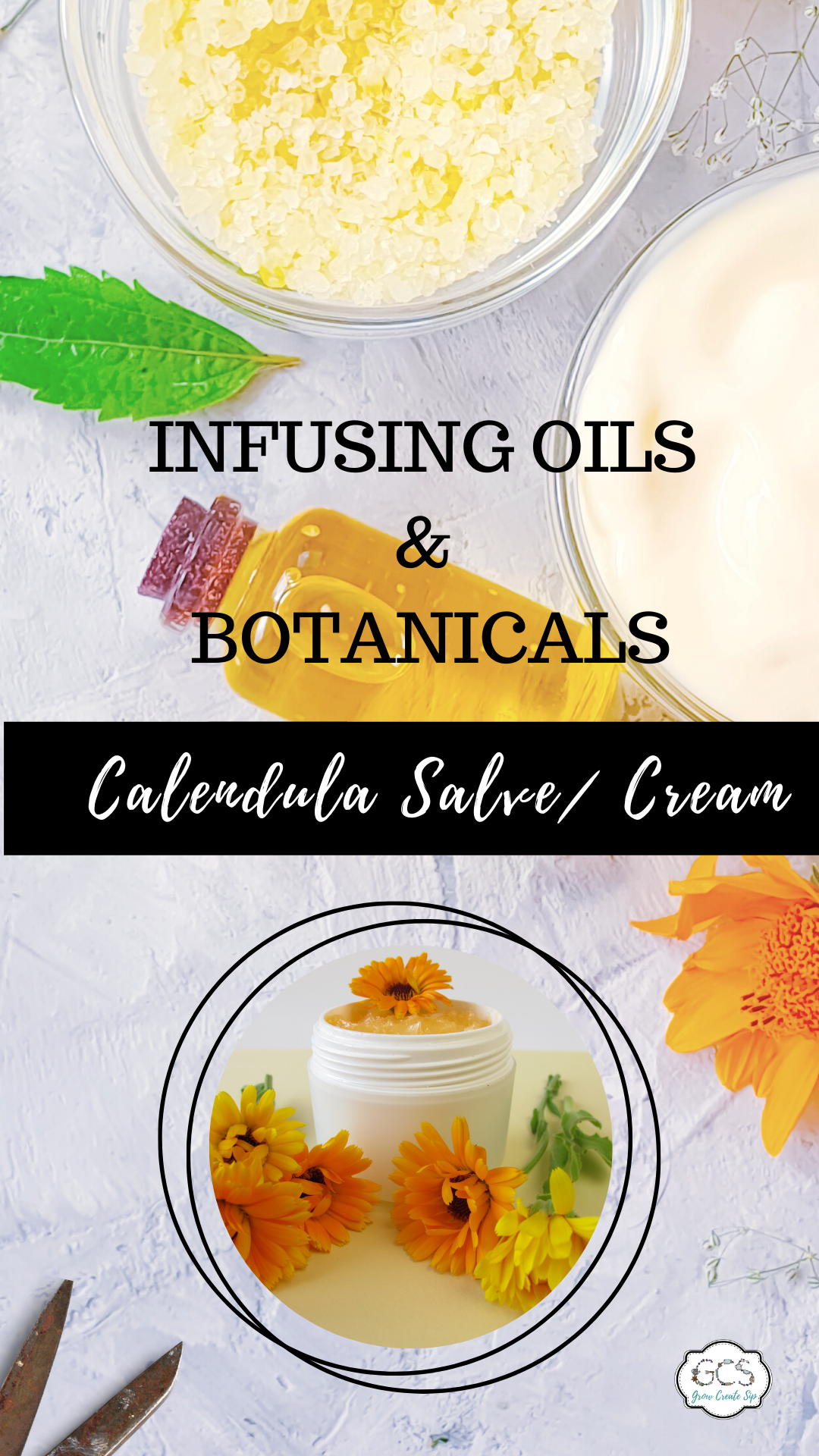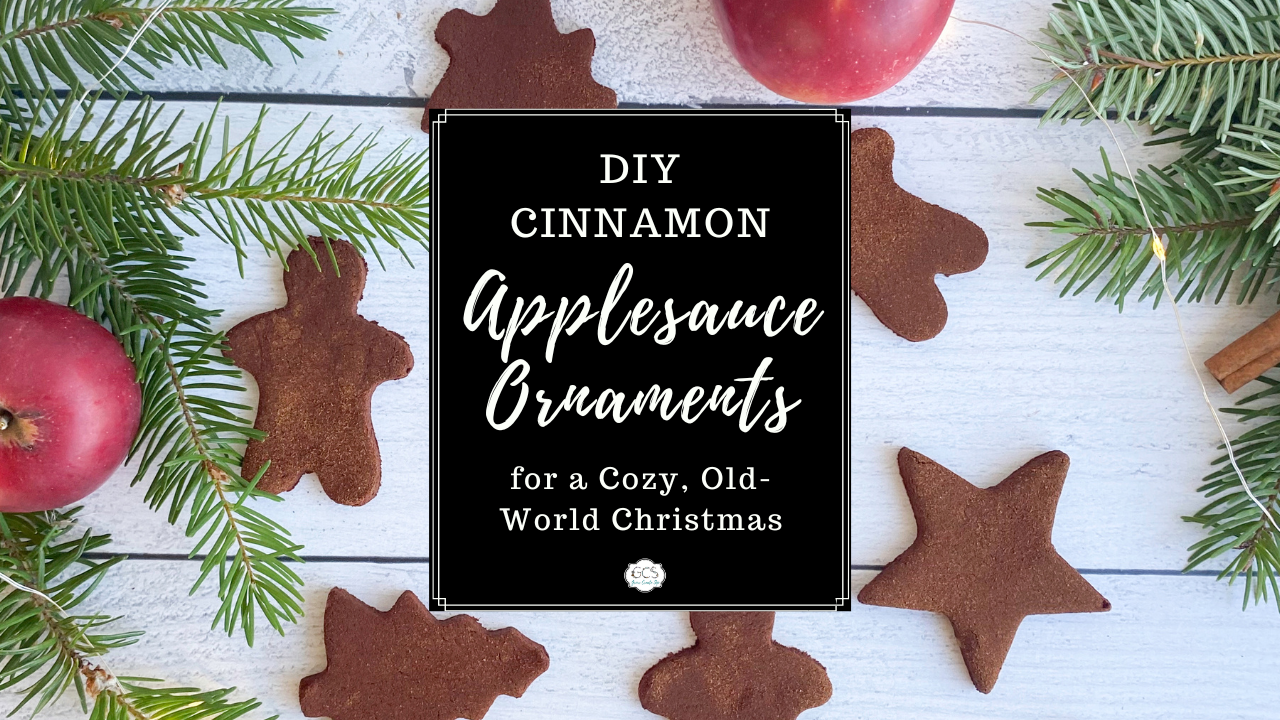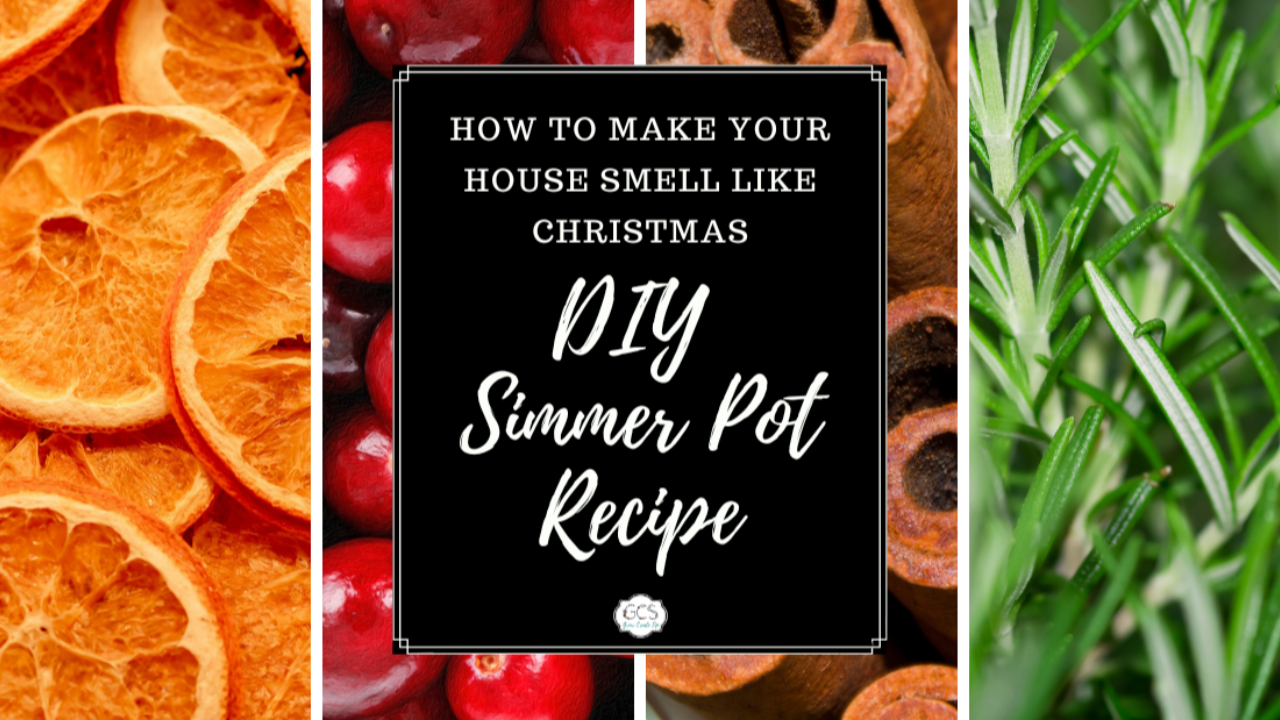Calendula Salve (Cream), Infusing Oil With Botanicals/Herbs
May 10, 2022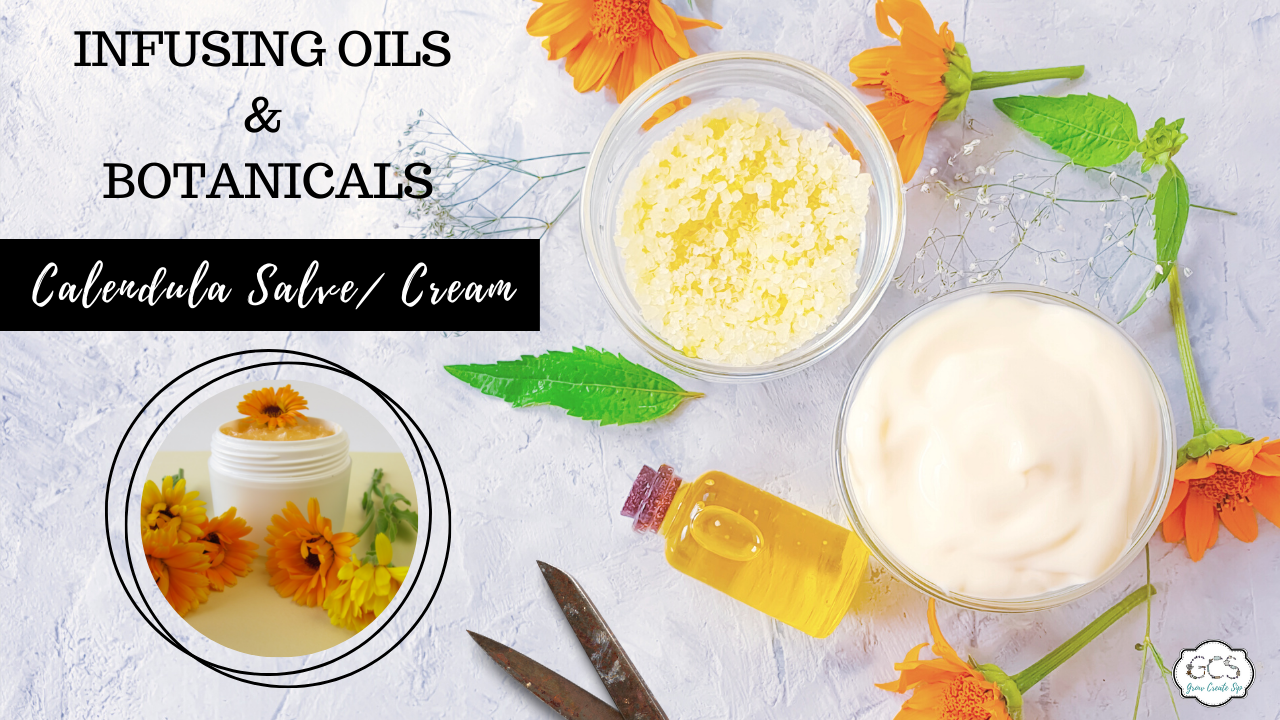
Many of us are not new to getting started with essential oils but when it comes to the art of infusing our own oils with botanicals it may seem a little daunting.
The art of infusing oil for health and well-being is steeped in history, but how do we know where to start with so many options available to us?
The calendula flower is the ideal ingredient you can use in DIY salve and infusion making. Great for treating various skin problems, calendula is a must-have for any caregiving (mom, grandmom) or budding herbalist.
Let's dive into everything you need to know about infusing oil with herbs and how to make your own calendula ointment.
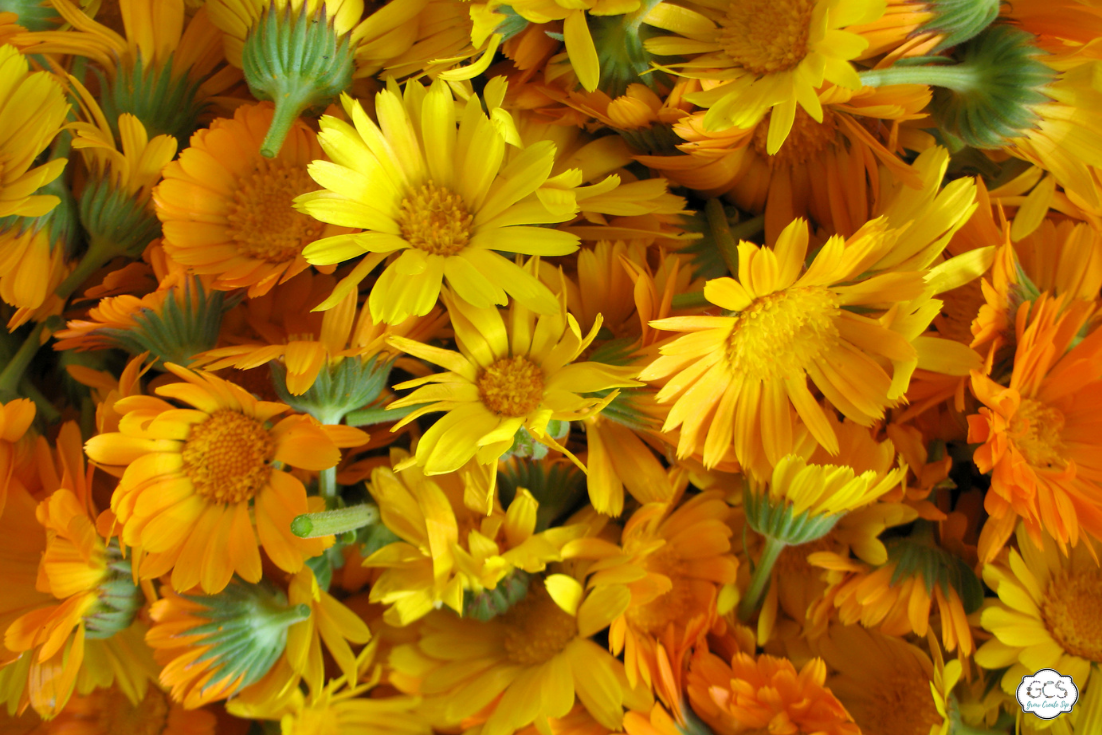
Before we start:
This herbal information is just that, information. This blog post and I DO NOT INTEND to treat, cure, prevent any disease, or diagnose any disease or illness. This is for informational, educational, and entertainment purposes only. Please consult a physician before using herbs medicinally. These statements have not been evaluated by the food and drug administration. St. Fiacre’s Farm and Grow Create Sip assumes no liability for inaccuracies.
This post also contains affiliate links. Translation: We get a little kickback for sharing certain products at no additional cost to you should you choose to purchase said items. And - thank you for supporting our farm and family! Read the full disclaimer here.
The Benefits of Calendula Skin Care
Calendula Officinalis (or, as we know them, marigolds) are gorgeous orange flowers that can have great anti-inflammatory and wound-healing properties. They have been known to carry antiviral, antifungal, antibacterial, and astringent properties.
Because of all these characteristics, the calendula plant is one of the best plants out there for making skincare remedies. We can use these flowers in calendula cream, lotions, bars, and even soaps.
Using Calendula for Your Skin
We can use calendula ointment as an alternative treatment for a variety of skin conditions and improve the skin's overall quality and appearance. Of course, before trying anything new on your skin, we should always do a patch test and wait for 24-48 hours before continuing to use any new products. That being said, calendula may be good for:
- Speeding up the healing of wounds
- Soothing eczema-prone skin
- Soothing and clearing up diaper rash
- Promoting skin hydration and firmness
- Aiding in the recovery of sunburns
A great way to use calendula or marigold would be to infuse it into a salve, which is the ideal vessel for infused oils and herbal skin remedies. Bonus points for it being really easy to grow calendula from seed!
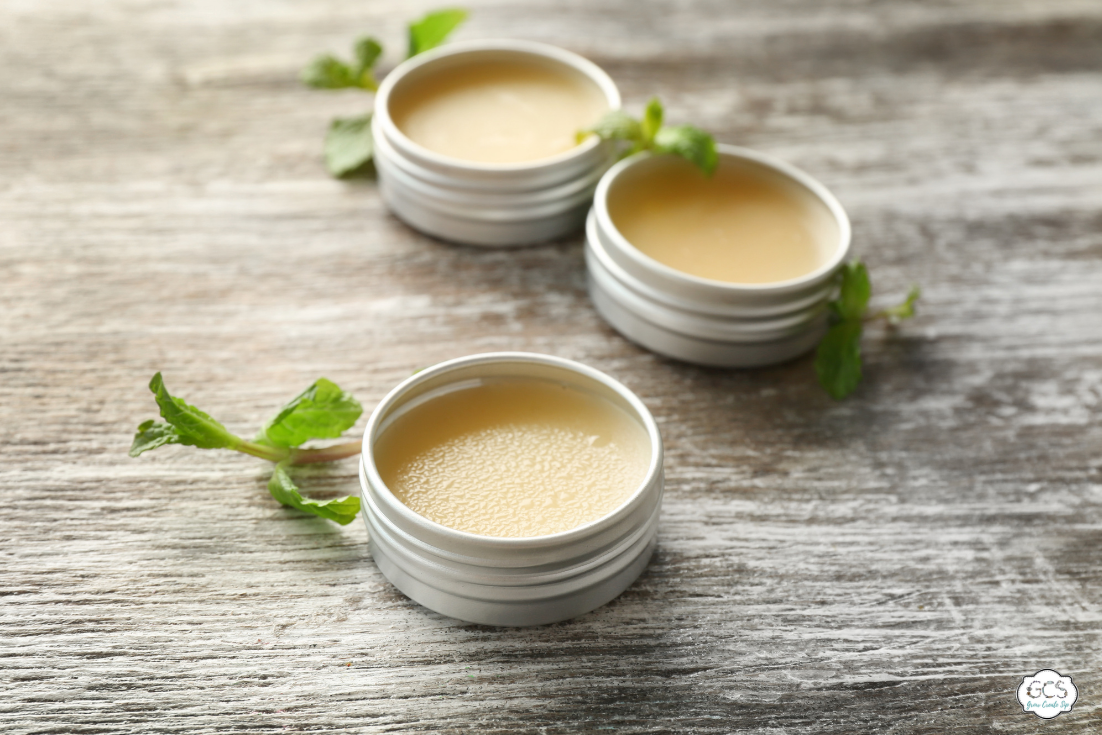
What Is a Salve?
While this can be a bit of an open-ended question, we can tell you that a salve is anything you apply to your skin to heal it. Salves can be a cream, balm, or ointment. We use waxes and oils to make salves, which become a solid material.
What Are Salves Made From?
Sweet almonds, coconut, sunflower, apricot, and olive oil are just some oils found in a salve. Each oil has distinct qualities that contribute to the salve's uniqueness. Coconut oil is high in saturated fats, which help keep the skin moisturized, while apricot oil can have anti-inflammatory effects.
Beeswax is another common binder used in salves, which is ideal for creating a protective layer on the skin.
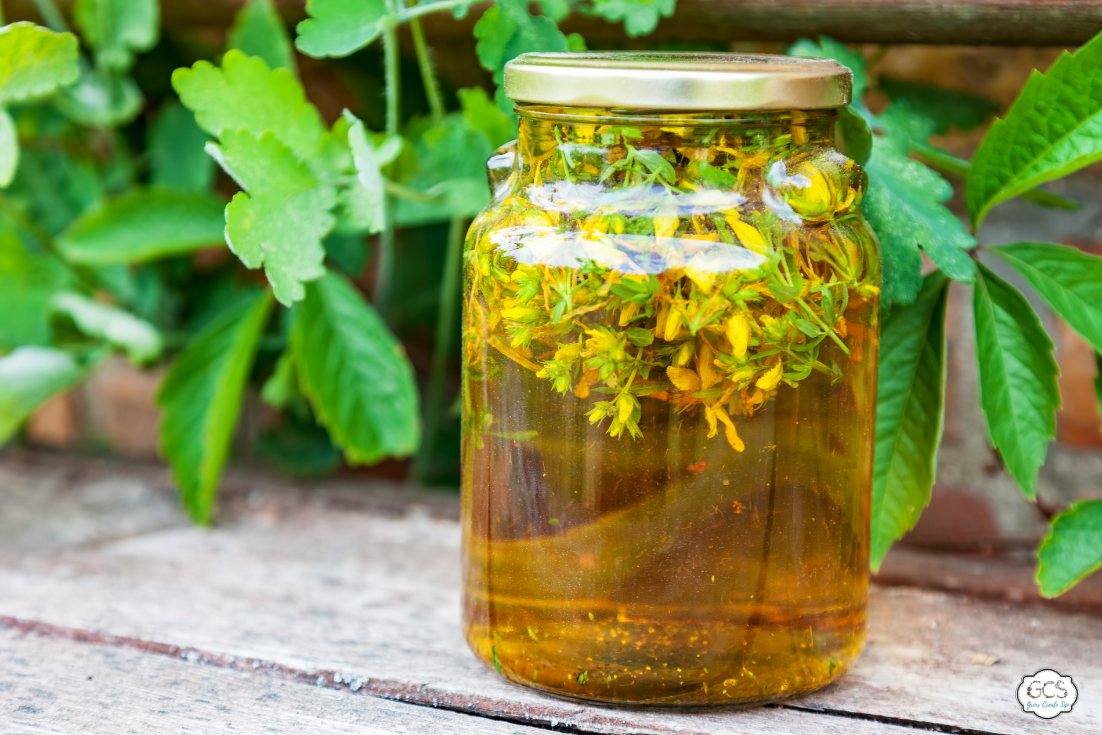
Infusing Oil at Home
Before we can start making our own herbal salves, we need to first look at making (or buying) our own infused oils. We obviously prefer making our own because there's more room for customization.
There are two primary methods to choose from when infusing oils. We can use the power of the sun and time or a stovetop method.
The Solar Method
This one is all about using the power of the sun to infuse our oils. Warmth helps here, so a sunny windowsill is ideal.
- Place dried herbs in a dry and sterile jar.
- Cover completely with a carrier oil that has a stable shelf life, leaving 1-2 inches of oil above the herbs.
- Place the cap on the jar and set it aside somewhere sunny and warm.
- Shake the jar once a day!
- If the herbs have absorbed all the oil, add more to ensure they are always submerged.
- Allow for 2-6 weeks of infusion, or until the oil has taken on the color and aroma of the herbs.
- Strain through a cheesecloth and squeeze as much of the oil out as possible.
- Pour into dry and sterile bottles (preferably amber bottles)
- Don't forget to label them, including what plants we've used and the date!
Note: Herbal oils will keep for around a year if stored properly. A good place to keep them is in a dark, cool place.
The Slow-Simmer Method
This method uses a double boiler or crockpot and is ideal if you're in a rush to whip up a batch of herbal oils.
- Place herbs in the crockpot or double boiler and cover with a carrier oil, ensuring the herbs are completely covered.
- Gently heat the herbs and oil over very low heat for 1-5 hours or until the oil takes on the color and aroma of the herbs.
- Turn the heat off and allow it to cool completely.
- Strain using a cheesecloth before bottling into dry and sterile bottles.
- Don't forget to label!
Note: We can add a little Vitamin E oil into the cooled infusion to potentially help prolong the shelf-life for both methods.
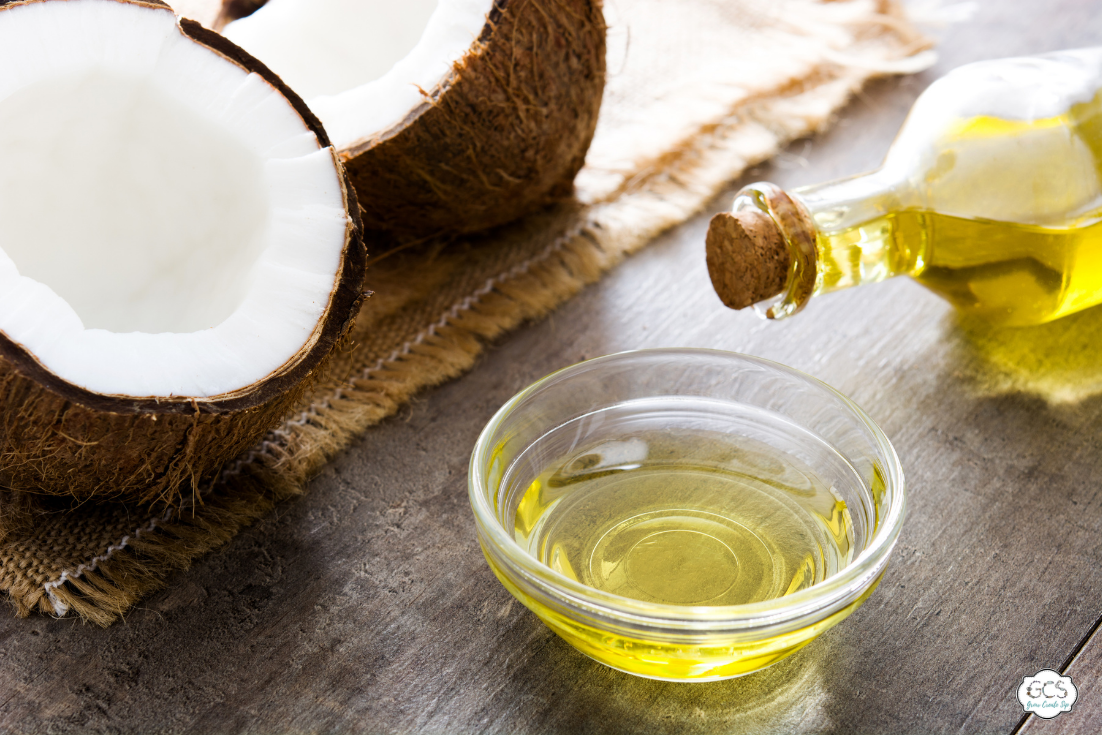
Choosing a Carrier Oil
When making a herbal infusion, the oils we choose to use are important. There are several factors we should consider before making our choice. We need to think about:
- Odor
- Absorption
- Skin type
- Shelf life
Some carrier oils have a distinct odor, which may alter the aroma of our essential oils. If that's not something we want, we should stick to more neutral scents. Second, our skin type will play a big role in the oils we choose to use. Some oils may irritate or worsen a skin condition, and in this case, it's best to stick to non-comedogenic oils.
Finally, some carrier oils simply have longer lives than others. If it's something we don't intend to use often but don't want them going bad, then we need to choose an oil that has a good shelf life.
Coconut Oil
Coconut oil comes from the meat of mature coconuts and is edible. It comes in both refined and unrefined forms.
Fresh coconut meat is used to make unrefined coconut oil. It hasn't been chemically processed and keeps its coconut aroma and flavor. Dried coconut meat is used to make refined coconut oil. To remove pollutants and the distinct coconut scent and flavor, it's bleached and deodorized. Refined coconut oil is not all-natural, and we should not use it as a carrier oil.
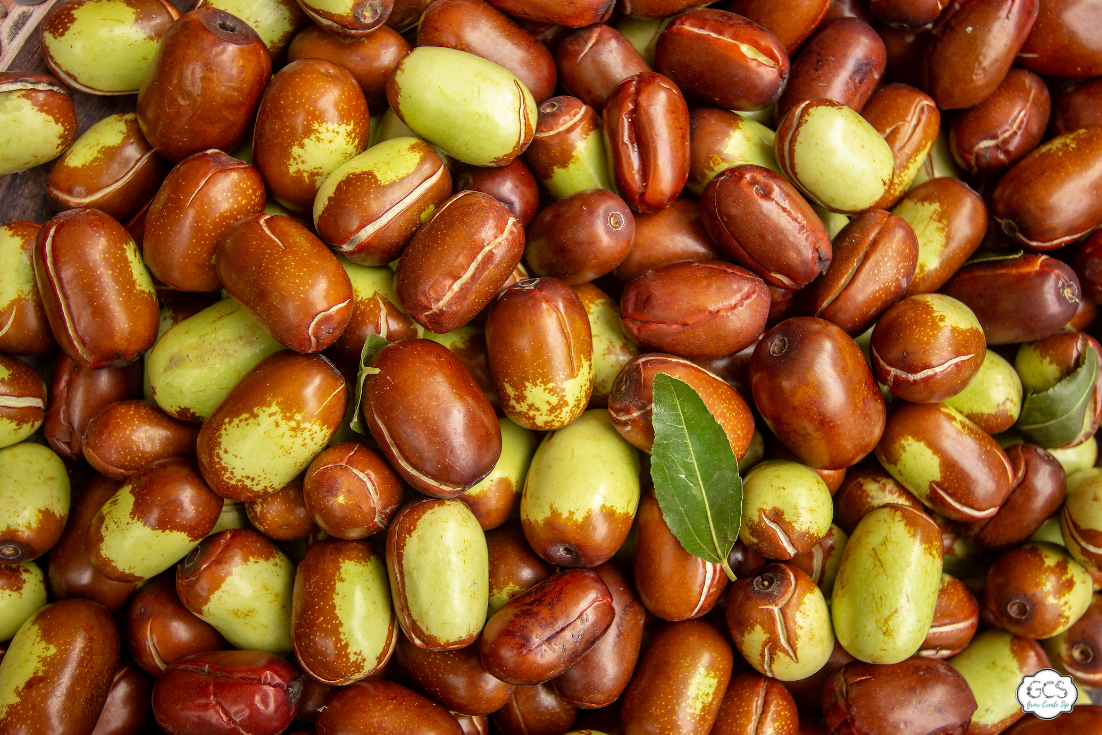
Jojoba Oil
The seeds of the jojoba plant are used to make jojoba oil. It has a light, nutty scent. Jojoba is technically more of a wax than an oil, but it has great moisturizing characteristics. It's supposed to closely resemble sebum, the natural oil of the skin.
By tricking the skin into believing it has produced enough oil, jojoba oil can help acne-prone persons lower their oil production.

Sweet Almond Oil
The perfume of sweet almond oil is powerful and nutty. It's an edible oil derived from sweet almond kernels. The oil is light and quickly absorbed, making it an excellent moisturizer for dry skin.
It's also used in general aromatherapy, albeit its powerful perfume may overpower the aroma of essential oils.
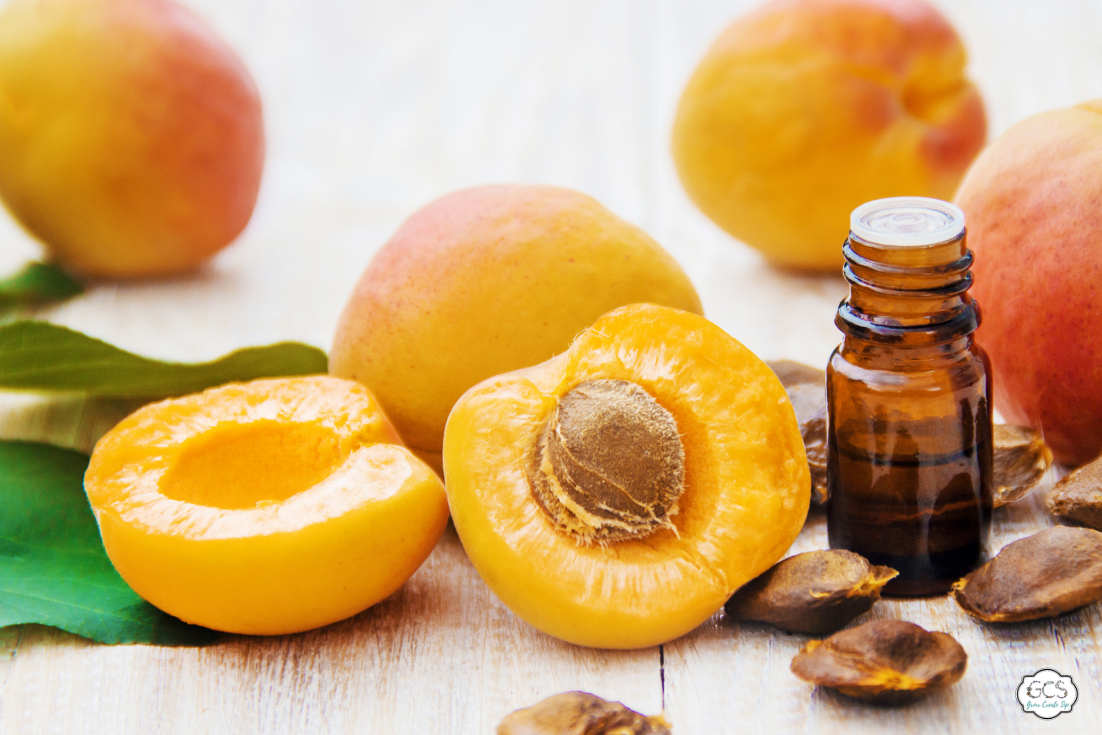
Apricot Oil
Apricot kernel oil is extracted from the seeds of apricots, often known as kernels. It's a fatty acid and vitamin E-rich emollient oil. It has a slightly sweet, nutty aroma that absorbs quickly into the skin. You can get apricot kernel oil that is edible or apricot kernel oil that is only for cosmetic use.
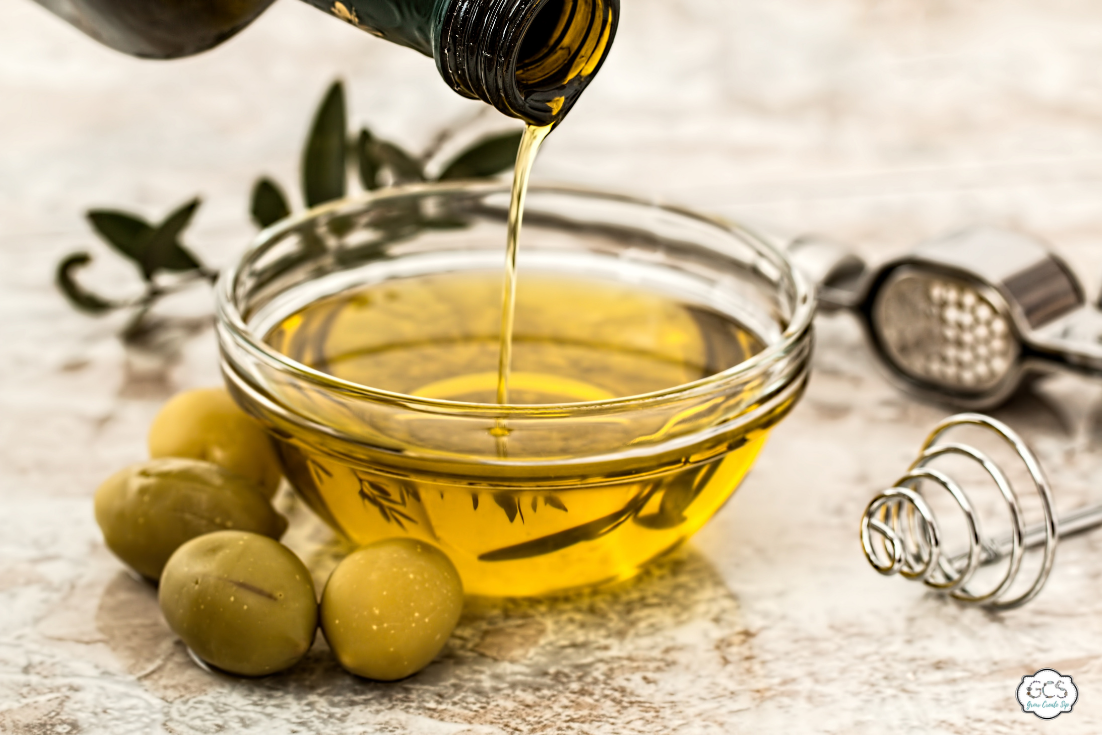
Olive Oil
Olive oil is best recognized as a nutritious, edible oil with a fruity scent, but it's also used as a carrier oil in aromatherapy.
Aromatherapy and skincare treatments are best made with extra-virgin olive oil; however, the aroma of olive oil may clash with the scent of some essential oils.
Argan Oil
We extract argan oil from the kernels of argan trees, which are native to Morocco. The oil is edible and has long been used to nourish both the inside and outside of the body. It has a nutty aroma and is high in monounsaturated fatty acids and vitamins A and E.
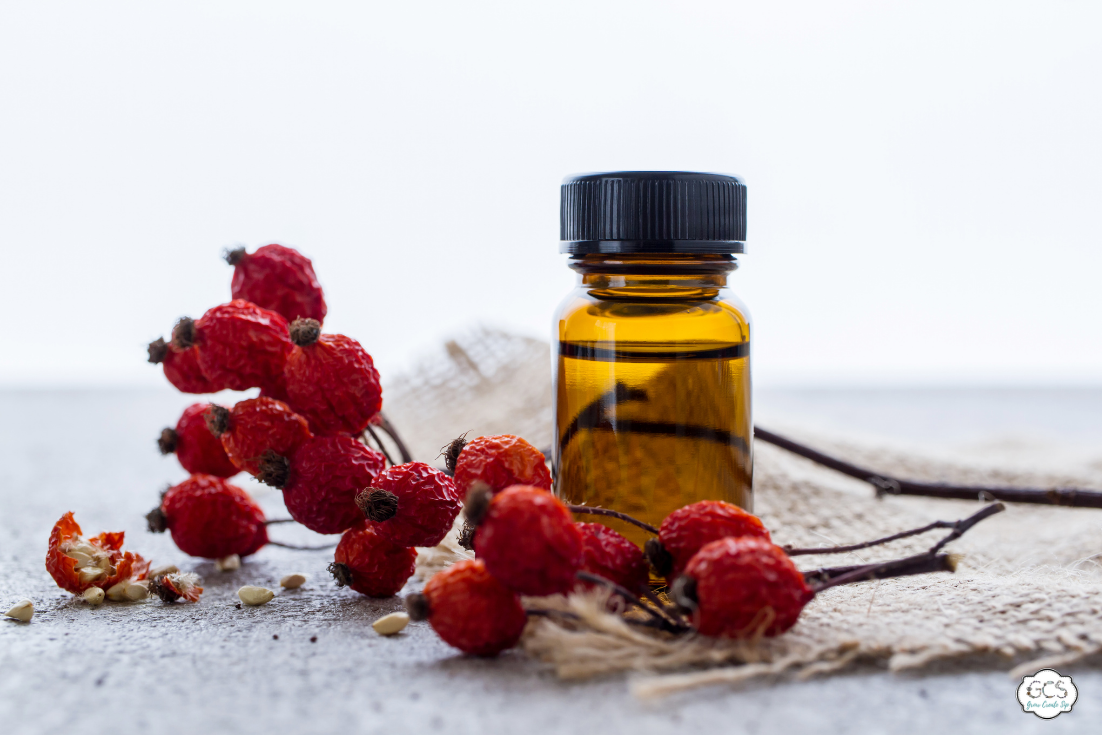
Rosehip Oil
Rosehips are the seeds of the Rosa rubiginosa and Rosa moschata plants, respectively. Both plants have flowers that are not like typical roses. The rosehip is left behind when these blooms die and drop their petals.
Rosehip oil doesn't actually smell like roses. It has a nutty, earthy smell and is high in vitamins A and C, making it great for the skin.
Avocado Oil
Avocado oil is a thick, heavy oil derived from the avocado fruit. There is a lot of oleic acid in the oil that is supposed to help with dry, damaged skin. Avocado oil has the potential to boost sebum production, so if you have acne-prone skin, consult your doctor before using it.
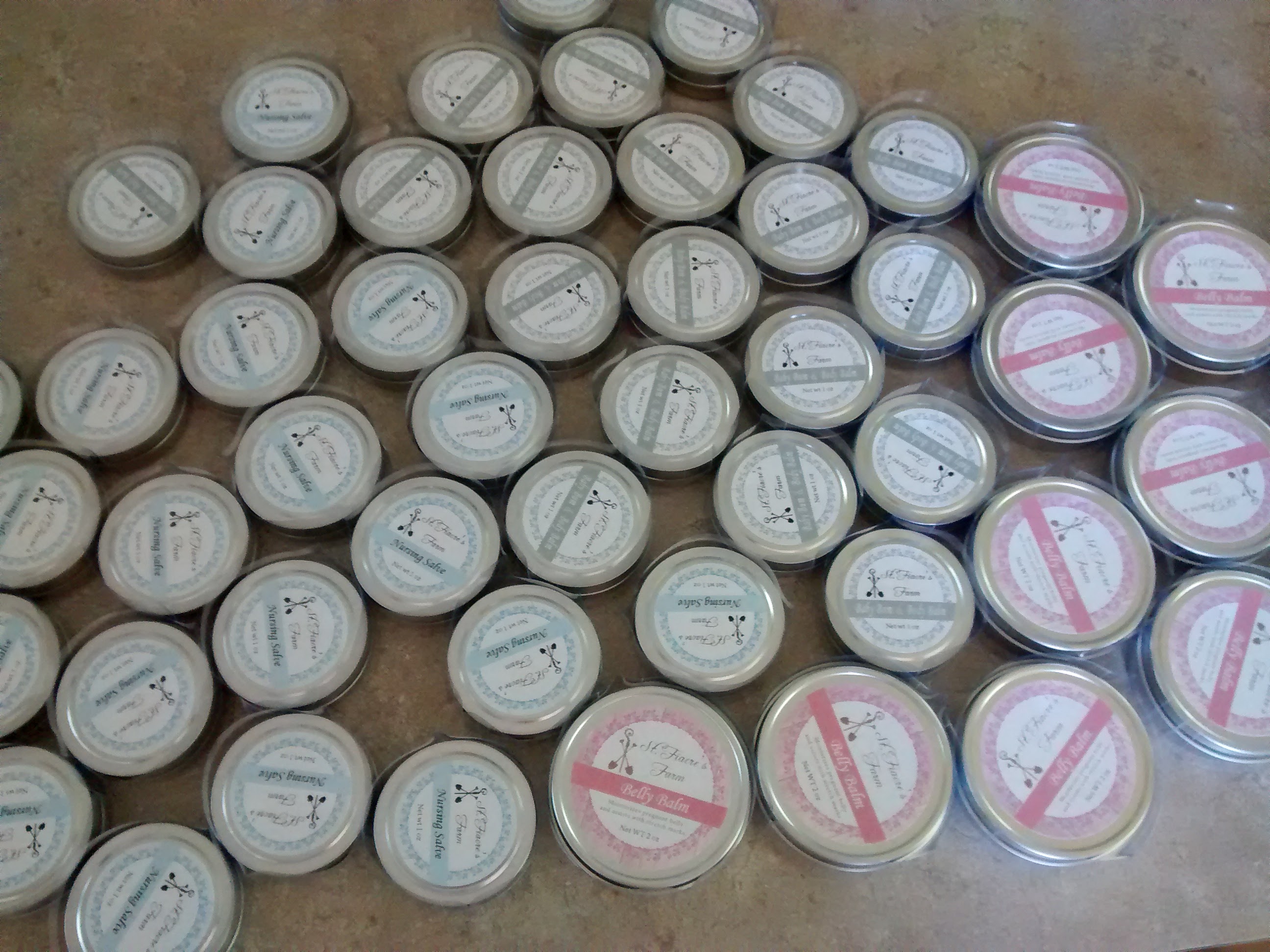
Making Your Own Salve
Now that we have some great ideas for oils to use in our infusions, as well as the benefits of using calendula for skin, it's time to look at how to actually make our own salves. This is our "secret recipe" that we use for calendula salve down on the farm, yes, you can buy it already made but home made is so much better!

Other Options for Infusing Oil With Herbs
Once you've tapped into the beauty of making your own calendula infusions, why not try some other herbs? There are countless infusions to try with a variety of benefits. We like:
- Lemon balm
- Rosemary
- Lavender
- Peppermint
- Comfrey
- Arnica
- Chamomile
Blending, infusing, or steeping your own herbs for salve use is a rewarding and fulfilling journey, and the ability to make exactly what you want, how you want it, is something you won't find on a store shelf. Make sure you join us inside the Herbal Studio & Communi-tea for a full lesson on infusing oils and more recipes!

Living the Herbal Life
Whether you're interested in learning about growing your own herbs for drying, infusing, or drinking, we would love you to hang out with us every Wednesday on our Wellness Wendesday Newsletter. Make sure to join the fun here!
Have you ever infused any culinary or medicinal herbs into oil before? I"d love to hear what you have made! Share in the comment section below!
More DIY Herbal Remedies...
- How to Make Homemade Cough Syrup with Wild Cherry Bark
- DIY Salve & Infused Oil Recipes
- Fire Cider Benefits & Protocol: Everything You Need to Know for Home Herbalists
- Growing and Using Peppermint for Medicine
- Herbal Apple Cider Vinegar Gummies
- How to Make Aronia Berry Syrup (Plus Elderberry)
